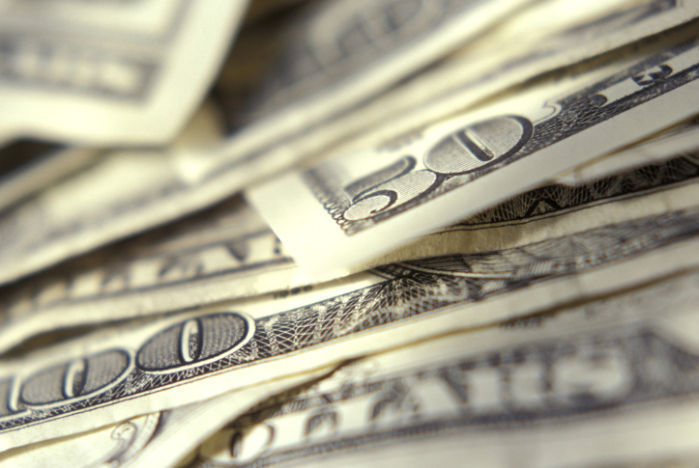We live in a dirty world. Wherever we go, we are among microbes. Bacteria, fungi and viruses live on our phones, bus seats, door handles and park benches. We pass these tiny organisms to each other when we share a handshake or a seat on the plane.
Now, researchers are finding we also share our microbes through our money. From tip jars to vending machines to the meter maid — each dollar, passed person to person, samples a bit of the environment it comes from, and passes those bits to the next person, the next place it goes.
The list of things found on our dollars includes DNA from our pets, traces of drugs, and bacteria and viruses that cause disease.
The findings demonstrate how money can silently record human activities, leaving behind so-called “molecular echoes.”
WHAT’S ON
A DOLLAR BILL?
In April, a new study identified over a hundred different strains of bacteria on dollar bills circulating in New York City. Some of the most common bugs on our bills included Propionibacterium acnes, a bacteria known to cause acne, and Streptococcus oralis, a common bacteria found in our mouths.
The research team, led by biologist Jane Carlton at New York University, also discovered traces of DNA from domestic animals and from specific bacteria that are associated only with certain foods.
A similar study recovered traces of DNA on ATM keypads, reflecting the foods people ate in different neighborhoods. People in central Harlem ate more domestic chicken than those in Flushing and Chinatown, who ate more species of bony fish and mollusks. The foods people ate transferred from fingers to touchscreens, where scientists could recover a bit of their most recent meals.
We don’t leave only food behind. Traces of cocaine can be found on almost 80 percent of dollar bills. Other drugs, including morphine, heroin, methamphetamine and amphetamine, can also be found on bills, though less commonly than cocaine.
Identifying foods people eat or the drugs people use based on interactions with money might not seem all that useful, but scientists are also using these types of data to understand patterns of disease. Most of the microbes the researchers in New York identified do not cause disease. But other studies have suggested that disease-causing strains of bacteria or virus could be passed along with our currency.
Bacteria that cause food-borne illness — including salmonella and a pathogenic strain of E.coli — have been shown to survive on pennies, nickels and dimes and can hide out on ATM machines. Other bacteria, such as methicillin-resistant Staphylococcus aureus (MRSA) which causes skin infections, are found on banknotes in the U.S. and Canada, but the extent to which they could spread infections is unknown.
Try as we may to avoid exposure to germs, they travel with us and on us. Even if disease-causing microbes can survive in places like ATMs, the good news is that most exposures don’t make us sick.
MONEY LAUNDERING
Disease transmission linked to money is rare, and no major disease outbreaks have started from ATMs. Although it doesn’t seem common for diseases to transmit through money, there are ways we could make our money cleaner.
Researchers are working on ways to clean money between transactions. Putting older bills through a machine that exposes them to carbon dioxide at a specific temperature and pressure can strip dollar bills of oils and dirt left behind by human fingers, while the heat kills microbes that would otherwise linger.





